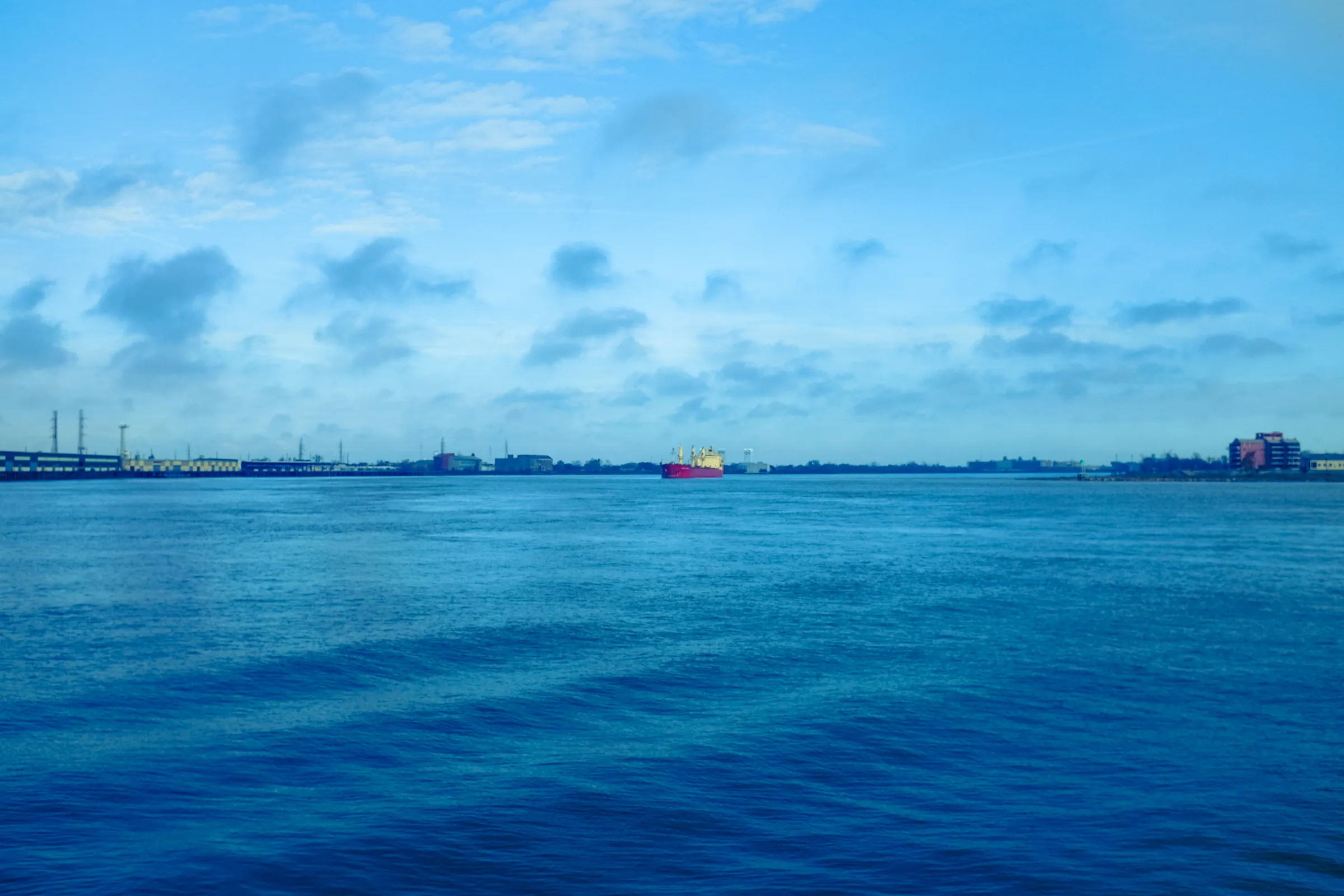0015 Pilots
There are a pair of parallel bridges in downtown New Orleans that cross the Mississippi River, connecting the business district to Algiers and the neighborhoods that lie east.
In 1958, when the Greater New Orleans Bridge first opened here as the longest cantilever bridge in the entire world, it was only a single span.1 When second bridge was completed thirty years later, the two would still be the fifth-longest cantilever bridges on the planet.
After a contest held in 1989, the bridges were officially renamed the Crescent City Connection. The sizable Vietnamese American community in New Orleans refers to them as Cầu Con Cò, the Pelican Bridge. Read more at Wikipedia.
Like most functioning infrastructure, a bridge that does its job can be safely ignored by most of the people who use it, almost all of time.
Some folks, though, driving over that newly opened length of steel and concrete more than sixty years ago must have been aware, in that moment, that they were on the world's longest bridge as it crossed the world's fourth-longest river.
And maybe that knowledge made a repetitive commute a little more thrilling. Maybe their hands gripped the steering wheel a little tighter as their car left the solid ground. Maybe the view from the midpoint, out over the water, seemed more significant.
For a while, at least. Novelty can evaporate quickly in the warmth and comfort of routine.
On an overcast, winter day awash in grays and blues, the red hull of a ship pushes through the water. A river pilot navigates the familiar bends after years of training and apprenticeship, and countless journeys up and down that river. On the early trips, before the newness wore away, maybe they, too, were thrilled to be piloting a ship that just passed beneath what was once the longest cantilever bridge in the entire world.
